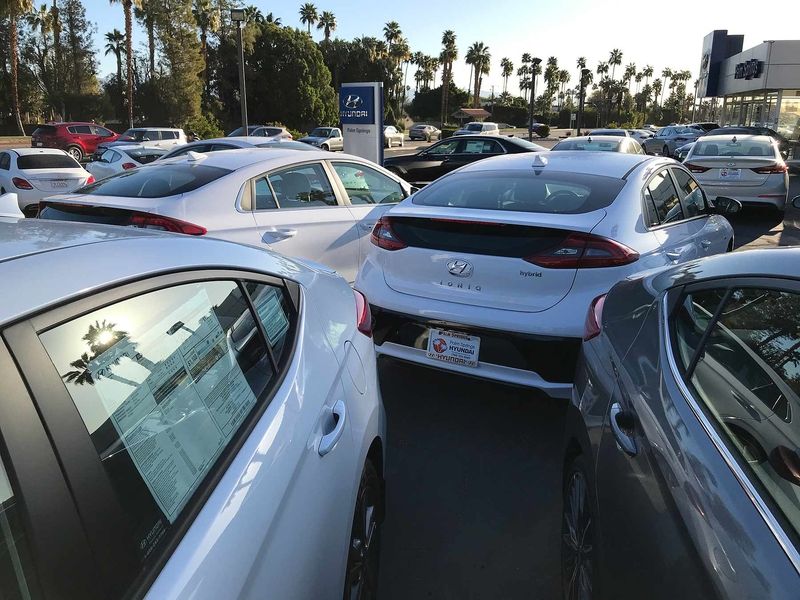
Customers in the highest credit tiers opted for new vehicles in larger numbers in the fourth quarter, credit bureau Experian said last week. The shift from used vehicles was driven in part by past and upcoming stimulus checks, residual incentive activity from the third quarter and tight inventory, though the credit bureau said the exact reasons for the shift were unclear.
The trend of higher-credit consumers opting for used vehicles was disrupted last year when strong automaker incentives enticed those buyers to the new-vehicle market. Residual incentives and forthcoming stimulus checks may account for why prime customer share of new-vehicle originations rose in the fourth quarter, said Melinda Zabritski, Experian’s senior director of automotive financial solutions.
The fourth-quarter report drops the curtain on a dramatic year in auto finance, she said, when many trend lines were reversed amid the unparalleled industry and government response to the pandemic’s effects.
“We had a completely unprecedented year,” she said. “We’ve never had a time when people couldn’t shop and then when they could shop … there’s not a lot of inventory out there.”
Forty-four percent of superprime consumers, with credit scores of 781 to 850, selected used cars, down from 47 percent in the final quarter of 2019.
Prime customers, with credit scores from 661 to 780, selected used cars at a rate of 60.4 percent, a dip of 3.4 percentage points from the fourth quarter of 2019, according to Experian’s latest State of the Automotive Finance Market report.
The fourth-quarter share of new-vehicle originations to prime customers rose to 46.7 percent, up from 44.2 percent in the same period of 2019.
Overall, consumers with credit scores of 661 and above originated more new and used vehicles in the fourth quarter. Near-prime customers, with scores of 601 to 660, grew used-vehicle origination market share but lost new-vehicle share.
The automotive industry had a strong finish to a turbulent 2020, with dealerships reporting record profits and automakers announcing better-than-expected sales.
Still, inventory constraints coupled with economic damages from the pandemic continued to harm low-credit borrowers in the fourth quarter.
Consumers with high credit scores increased originations in the fourth quarter while subprime customers, with scores of 600 and below, continued shrinking from the market.
Subprime originations made up 14.35 percent of new- and used-vehicle originations in the fourth quarter, and deep subprime market share slipped under 2 percent for the first time, Experian said.
How small the share of subprime auto originations can shrink during the pandemic is another mystery, Zabritski said, though available inventory may be key to understanding those trends.
“We have been steadily changing the kinds of cars we’re purchasing, with the heavier reliance on the SUVs and such, and these will be, and are, more expensive vehicles,” she said. “Smaller economy cars … there’s just not as many of them being manufactured.”